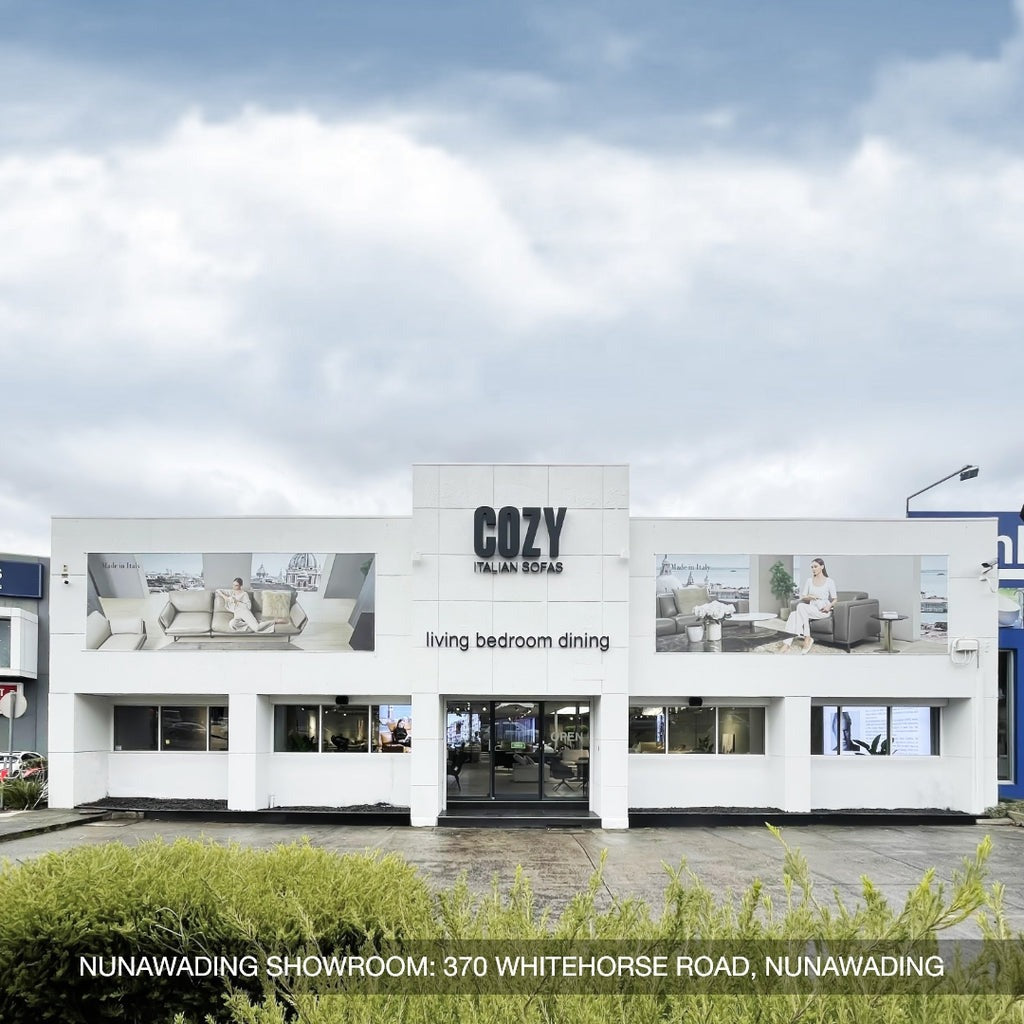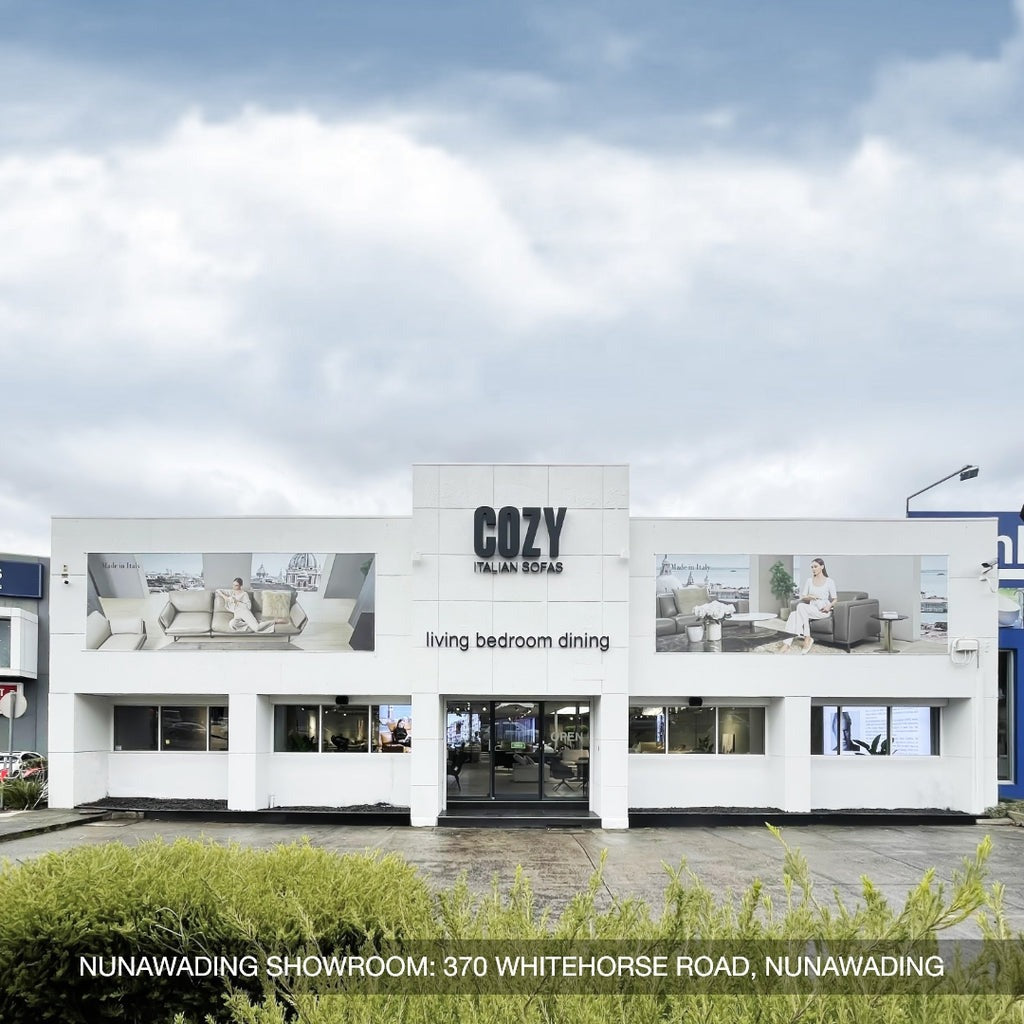Exploring the realm of dining table sets unveils a world of choices, from indoor to outdoor varieties, each designed to suit specific environments and purposes. The debate over indoor vs. outdoor dining table sets delves into considerations of durability, materials, and aesthetics. Can an indoor dining table be used outside , or vice versa? This comprehensive guide navigates the distinctions between indoor and outdoor dining tables, shedding light on their unique features and functionalities. Whether enhancing your indoor dining space or elevating your outdoor gatherings, understanding the nuances between these two types of dining table sets ensures an informed decision tailored to your needs.
Advantages And Disadvantages Of Indoor Dining Table Sets
Advantages
- Year-Round Use
Indoor dining table sets offer the advantage of year-round use, unaffected by weather conditions. Unlike outdoor sets that face limitations in extreme climates, indoor sets remain a constant centerpiece for meals regardless of the season. The versatility to dine indoors ensures consistent comfort and usability, avoiding disruptions caused by rain, heat, or cold. This year-round accessibility provides a reliable and practical solution for daily meals, family gatherings, or entertaining guests, showcasing the resilience and convenience of indoor dining table sets in comparison to their outdoor counterparts.

- More Formal Settings
Furthermore, indoor dining sets lend themselves perfectly to more formal settings. Whether you're hosting a holiday feast or celebrating a special occasion, the dedicated space and refined atmosphere elevate the experience. Elegant tablecloths, sparkling glassware, and carefully chosen centerpieces all contribute to the grandeur, creating a memorable ambiance that outdoor settings can rarely replicate.
- Wider Variety Of Materials And Styles
Another significant advantage lies in the wider variety of materials and styles available for indoor dining sets. From the warmth of solid wood to the sleek sophistication of glass and metal, the options are boundless. You can tailor your choice to perfectly complement your existing décor, be it minimalist, rustic, or anything in between. This level of customization allows you to express your personal style and create a truly unique dining environment.
- Protection From The Elements
Protection from the elements is a significant advantage that indoor dining table sets provide, safeguarding furniture from potential damage caused by exposure to outdoor conditions. While outdoor dining sets are designed to withstand the elements to a certain extent, indoor sets are shielded from direct sunlight, rain, and temperature fluctuations, ensuring longevity and preserving the quality of the furniture. This protection enhances the durability of indoor dining sets, making them a sound investment for those looking for furniture that stands the test of time.
Disadvantages
- Limited To Indoor Spaces
While indoor dining table sets offer numerous advantages, they are not without their disadvantages. One notable limitation is their confinement to indoor spaces. The inherent design and materials of these sets may not be well-suited to withstand the rigors of outdoor conditions, limiting their placement solely within the confines of the home. The lack of weather-resistant features can be a drawback for those who desire the flexibility of dining outdoors or hosting events in the open air. Modern dining table set design, while often versatile, may not always cater to the demands of outdoor use, making it necessary for homeowners to explore alternative solutions for their outdoor dining needs.
- May Not Be Suitable For Large Gatherings
Indoor dining table sets may not be suitable for large gatherings. While they provide an intimate and comfortable setting for everyday family meals, the limited seating capacity and space constraints might pose challenges when hosting larger events or gatherings. Modern dining table set designs of 8 seaters or 10 seaters often prioritize aesthetics and space efficiency, which can sometimes come at the expense of accommodating a significant number of guests. For those who frequently entertain or have extended family gatherings, the constraints of indoor dining sets may necessitate additional furniture or alternative arrangements to ensure everyone is comfortably accommodated.

Advantages And Disadvantages Of Outdoor Dining Table Sets
Advantages
- Enjoy Meals Outdoors
Outdoor dining table sets bring a host of advantages, foremost among them being the opportunity to enjoy meals in the refreshing embrace of nature. Whether it's a leisurely breakfast with the family or an intimate dinner under the stars, outdoor dining sets provide a delightful setting that connects diners with the beauty of the surrounding environment. The sheer pleasure of dining al fresco adds a unique dimension to the culinary experience, offering a break from the routine and fostering a sense of relaxation and well-being. Modern outdoor dining table set designs are crafted with durable materials to withstand the elements while ensuring comfort and style, creating an inviting outdoor oasis for shared meals.
- Host Barbecues And Parties
These sets also lend themselves seamlessly to hosting barbecues and parties, transforming outdoor spaces into vibrant hubs of social activity. The versatility of modern outdoor dining table set designs accommodates various entertainment needs, providing ample seating and space for guests to mingle and enjoy the festivities. The open-air setting enhances the laid-back atmosphere, creating a casual and convivial environment that is particularly well-suited to barbecues, poolside parties, or casual gatherings with friends and family. The durability of outdoor materials, such as weather-resistant wickers or metals, ensures that the furniture remains resilient even during lively events.

- Create A Relaxing And Inviting Space
Creating a relaxing and inviting space is a distinctive advantage of outdoor dining table sets. These sets contribute to the establishment of a serene and comfortable environment, where the soothing sounds of nature and the fresh air enhance the overall dining experience. With options ranging from rustic wooden sets to sleek, contemporary designs, outdoor dining sets allow homeowners to curate an aesthetic that complements the outdoor surroundings. Adding elements like comfortable cushions, ambient lighting, and outdoor decor further elevates the atmosphere, transforming the outdoor dining area into a tranquil retreat that beckons for leisurely meals and moments of repose.
Disadvantages
- Seasonal Use
Despite their numerous advantages, outdoor dining table sets come with some inherent disadvantages. One notable limitation is their seasonal use, as these sets are often weather-dependent. Harsh winter conditions or extreme heat can take a toll on outdoor furniture, potentially shortening its lifespan. The need to protect outdoor dining sets during specific seasons or store them indoors when not in use can be inconvenient for those who desire year-round functionality. Modern outdoor dining table set designs aim to mitigate this by incorporating weather-resistant materials, but the need for seasonal attention remains a consideration.
- Requires Maintenance And Storage
Maintenance and storage are significant considerations for outdoor dining table sets. Exposure to the elements can lead to wear and tear, requiring regular maintenance to keep the furniture in optimal condition. Cleaning, treating, and possibly storing the set during certain weather conditions become routine tasks to preserve its appearance and functionality. This need for ongoing care may pose a challenge for those with busy schedules or those who prefer low-maintenance furniture. Additionally, the requirement for storage space during off-seasons can be a limiting factor, particularly for those with limited space in their homes or outdoor areas.
- Limited To Certain Weather Conditions
The use of outdoor dining table sets is also limited to certain weather conditions, making them less practical in regions with extreme climates. Excessive heat, rain, or intense sunlight can impact the outdoor dining experience, potentially limiting the time and frequency with which the furniture can be used. While modern designs strive to address these challenges through weather-resistant materials, the dependence on favorable weather conditions remains a notable drawback. This limitation may impact the overall convenience and usability of outdoor dining sets, particularly for those living in areas with unpredictable or harsh weather patterns.

- Fewer Material And Style Options
Outdoor dining table sets offer fewer material and style options compared to their indoor counterparts. While materials like teak, aluminum, and synthetic wicker are common for outdoor furniture due to their durability, the range of options is more limited compared to the myriad of choices available for indoor dining sets. Similarly, the style options for outdoor dining sets may lean towards casual and functional designs to accommodate the outdoor setting. This restriction in materials and styles might pose a challenge for those who seek a specific aesthetic for their outdoor spaces, as the options are tailored to withstand outdoor conditions rather than catering to diverse design preferences.
Key Differences Between Indoor and Outdoor Dining Tables
Materials Used
The difference between indoor and outdoor furniture is notably apparent in the materials used for construction. Indoor tables often feature delicate materials such as glass, cork, or veneer, prioritizing aesthetics over extreme durability. These materials may enhance the visual appeal of indoor spaces but are not suited for the challenges posed by outdoor conditions.
In contrast, outdoor dining tables are crafted from robust and weather-resistant materials such as Teak or aluminum. Teak, known for its natural moisture, insect, and corrosion resistance, exemplifies the outdoor table's ability to withstand exposure to elements. This stark contrast in material choices underscores the pragmatic need for outdoor tables to endure diverse weather conditions.
Design and Aesthetics
Design and aesthetics play a pivotal role in distinguishing indoor and outdoor dining tables. Indoor tables often showcase intricate details and design elements to complement interior spaces, ranging from classic to contemporary styles with various finishes and colors. The emphasis is on creating a cohesive look within the indoor environment.
Outdoor dining tables, on the other hand, prioritize a more straightforward and functional design. Clean lines and a simpler aesthetic characterize these tables, ensuring they not only withstand outdoor conditions but also provide a comfortable and inviting dining experience. The focus shifts from intricate details to ensuring practicality in the face of outdoor challenges.
Durability and Weather Resistance
Durability and weather resistance emerge as critical factors differentiating indoor and outdoor dining tables. Indoor tables are sheltered from harsh environmental elements, allowing for a focus on aesthetic appeal rather than extreme weather resistance.
Conversely, outdoor dining tables, constructed with weather-resistant materials, are designed to withstand a range of conditions, including rain, UV rays, and temperature fluctuations. The durability of these outdoor tables ensures their prolonged functionality in challenging outdoor environments. This fundamental difference underscores the importance of resilience in outdoor furniture, a quality not as critical in indoor settings.
Maintenance Requirements
Maintenance requirements further illustrate the distinction between indoor and outdoor dining tables. Indoor tables may necessitate more meticulous care, including regular cleaning, polishing, and protection from spills and scratches. The fragility of their materials demands careful maintenance but can result in longevity with proper care.
Outdoor dining tables, constructed with weather-resistant materials, are generally lower maintenance. They can withstand rain and sun exposure without significant wear and tear. Routine maintenance typically involves simple cleaning and occasional protective treatments to preserve appearance and durability. This difference in maintenance needs reflects the varying environments in which indoor and outdoor furniture operate, with outdoor furniture designed to endure the elements with minimal upkeep.
Conclusion
In the intricate realm of choosing dining tables, understanding the nuances between indoor and outdoor options is crucial. This comprehensive guide illuminates the differences, emphasizing materials, design, durability, and maintenance. Whether seeking a comfortable dining table for indoor elegance or exploring the resilience of outdoor options, the choice hinges on the specific needs and environments.
Modern designs cater to both realms, with features like weather-resistant materials and extendable dining table collection. The decision between an indoor and outdoor dining table ultimately rests on creating a harmonious dining space that aligns with individual preferences, ensuring each meal is a delightful experience, whether indoors or under the open sky.





